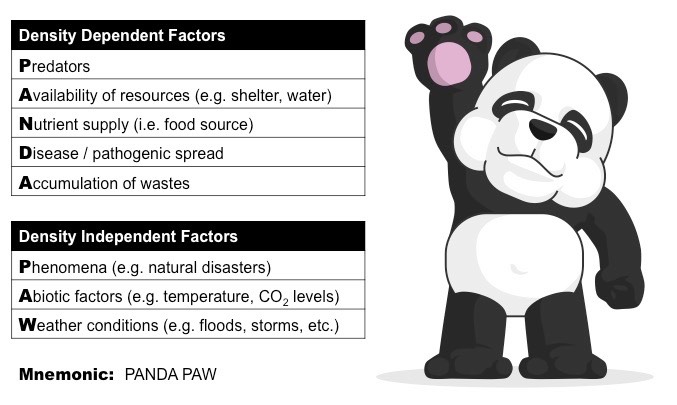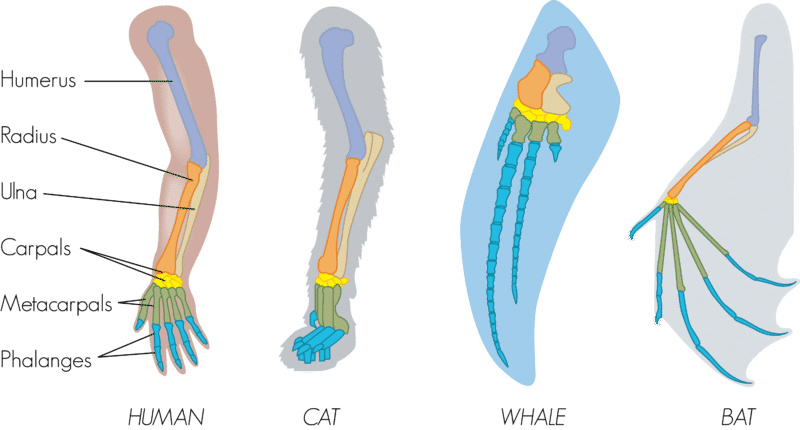evolution revision
1/19
There's no tags or description
Looks like no tags are added yet.
Name | Mastery | Learn | Test | Matching | Spaced |
|---|
No study sessions yet.
20 Terms
natural selection
process where individuals with advantageous traits survive/reproduce + environment decides who survives
species
a group of organisms that are capable of reproducing and producing fertile offspring
adaptation
a heritable trait that increases an organism’s chance of survival and reproduction in a particular environment
selection pressure
a factor, agent, or something that affects the survival of an individual in its environment

mutation
random changes in dna that introduce new traits → most are neutral/harmful, but some can be beneficial and become common
population
members of the same species living in the same location at a specific time
divergent
groups from the same ancestral species evolve and accumulate differences → eventually leading to the formation of distinct species
convergent
two species evolve to show similar characteristics or abilities
natural selection process
variation → populations have differences in traits.
selection pressures → struggle for survival (e.g. predators, disease, competition).
survival of the fittest → individuals with favourable traits survive & reproduce more.
inheritance of favourable traits over time → adaptations → increase overall survival of the population
artificial selection
humans decide which favourable traits are passed
speciation
the formation of new and distinct species
genetic diversity + importance
variety of genes within a population → important because it allows species to adapt to changing environments
recombination
involves the exchange of genetic material between chromosomes
variation
differences between members of a species
adaptation types
structural: physical body features (e.g. thick fur, cactus spines)
behavioural: actions or habits (e.g. birds migrating, nocturnal hunting)
physiological: internal body processes (e.g. snake venom, sweating, shivering)
variation differences
some differences are genetically determined and inherited from an organism’s parents
other differences are caused by the environment and are not passed onto the next generation
speciation key points
physical isolation of the population
divided by a physical barrier and no longer able to interbreed
natural selection on each of the seperate populations cause each to change over many generations
different population experience different selective pressures
reproductive isolation occurs when changes have accumulated enough so that individuals from the seperate population can no longer interbreed
a new species has emerged
extinction
permanent loss of a species
homologous structures
similar physical features in organisms that share a common ancestor, but the features serve completely different functions

fossil
preserved remains/imprints of ancient organisms